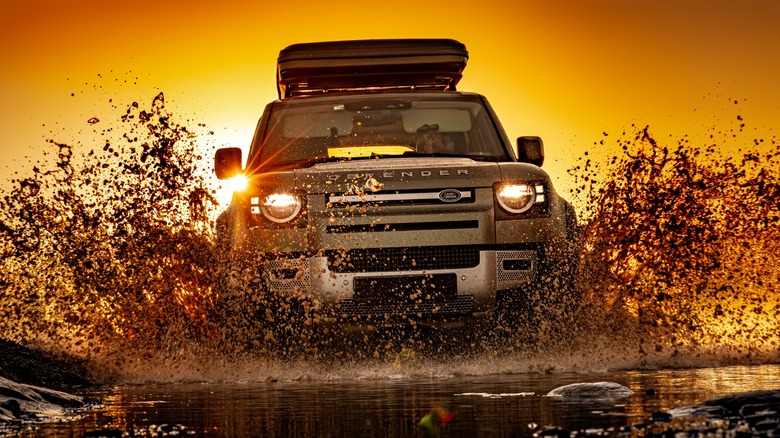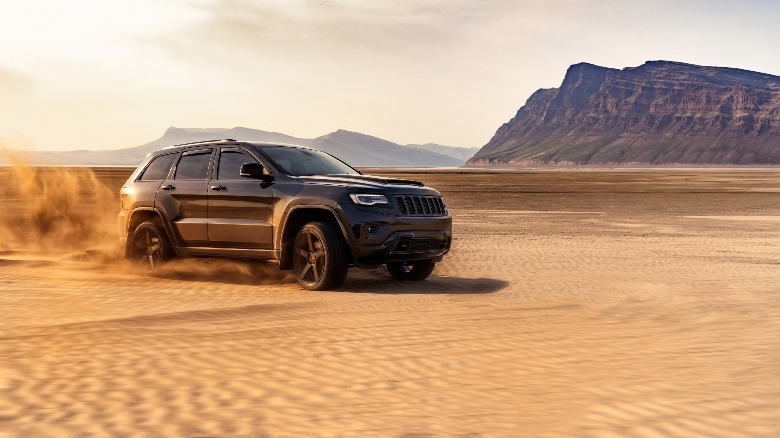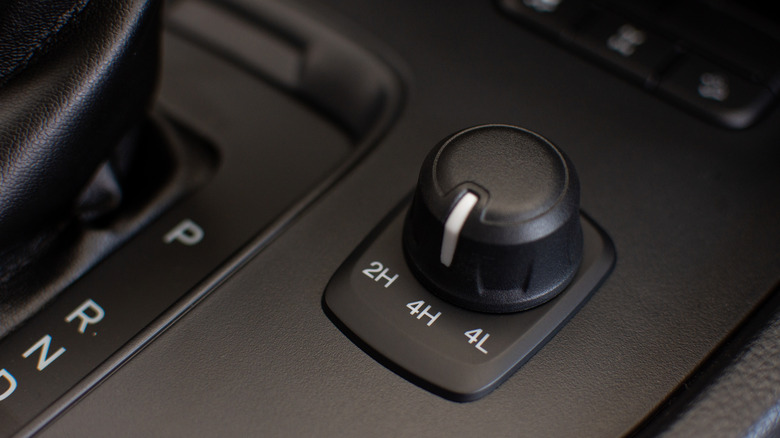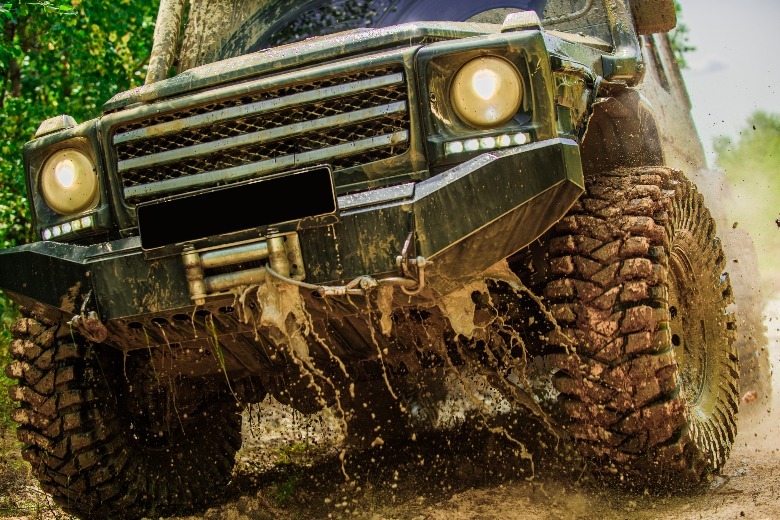You Might Be Using Your 4-Wheel Drive Wrong - Here's The Right Way
Ferdinand Porsche and his Lohner-Porsche Mixte Hybrid from 1900, called the "Semper Vivus" (Always Alive), was the world's first hybrid car. However, more notably, it was also the first to have a four-wheel drivetrain — a common feature in today's growing number of crossovers and SUVs. There's a difference between all-wheel-drive (AWD) and 4WD (four-wheel-drive), but the latter sparks the most confusion. What do 2H, 4L, and 4H mean, and when's the right moment to engage each?
Four-wheel drivetrains come in many flavors, like full-time, part-time, shift-on-the-fly, or fully automatic. A simple hack is to grab the owner's manual of your rig to determine which 4x4 system your truck has. Remember that each 4-wheel drive system has different methods to engage or disengage.
Older SUVs with basic 4WD systems require the vehicle to stop and shift the transmission in Park or Neutral before manually engaging the four-wheel drivetrain. On the contrary, modern 4x4 vehicles with fully-automatic 4-wheel drivetrains could be engaged or disengaged by pressing a button. Furthermore, those systems could activate AWD when the drivetrain senses a loss of traction.
How to use 4L, 4H, and 2H in a 4-wheel drive vehicle
Since an automatic AWD system requires few or almost no inputs from the driver, we'll discuss a part-time 4x4 drivetrain with a manually-engaged four-wheel drivetrain. A 4-wheel drivetrain typically has three settings: "2H," "4L," and "4H." The default setting is 2H, where the engine and transmission send power exclusively to the rear wheels. Shifting to 2H is ideal for everyday driving or traversing the highway at speed. It's also best for dry, flat roads with smooth pavements and delivers the highest fuel economy.
When the smooth tarmac turns into loose gravel, sand, grass, or shallow mud, shifting to 4H enables the drivetrain to split the power evenly between the front and rear axles. Since all four wheels are clawing the ground, 4H provides more traction and grip. But then again, experts warn against engaging 4H on smooth tarmac, as transmission windup could occur, potentially leading to costly repairs. Generally, SUVs or trucks with part-time 4x4 should never drive over smooth, high-grip surfaces when the drivetrain is in 4H.
When the going gets tougher (like climbing or ascending steep hills), shifting to 4L should do the trick. Engaging 4L or 4LO in a 4x4 vehicle means the drivetrain uses a low gear ratio to turn the wheels — which also means the wheels turn slower, but with more torque. The 4L setting is excellent over dunes, climbing steep slopes, snow, rock-crawling, or when forging a path over deep mud. However, keep in mind that 4L is for slower speeds only. Driving at higher speeds (over 35 mph) in 4L could damage the gearbox and driveline.



